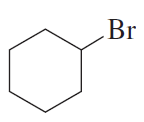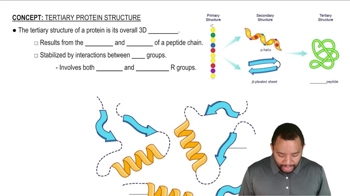Draw all the isomers that have molecular formula C5H11Br. (Hint: There are eight.)
b. Give a common name for each isomer that has a common name.

 Verified step by step guidance
Verified step by step guidance Verified video answer for a similar problem:
Verified video answer for a similar problem:



 1:52m
1:52mMaster How to name alkyl halides with a bite sized video explanation from Johnny
Start learning